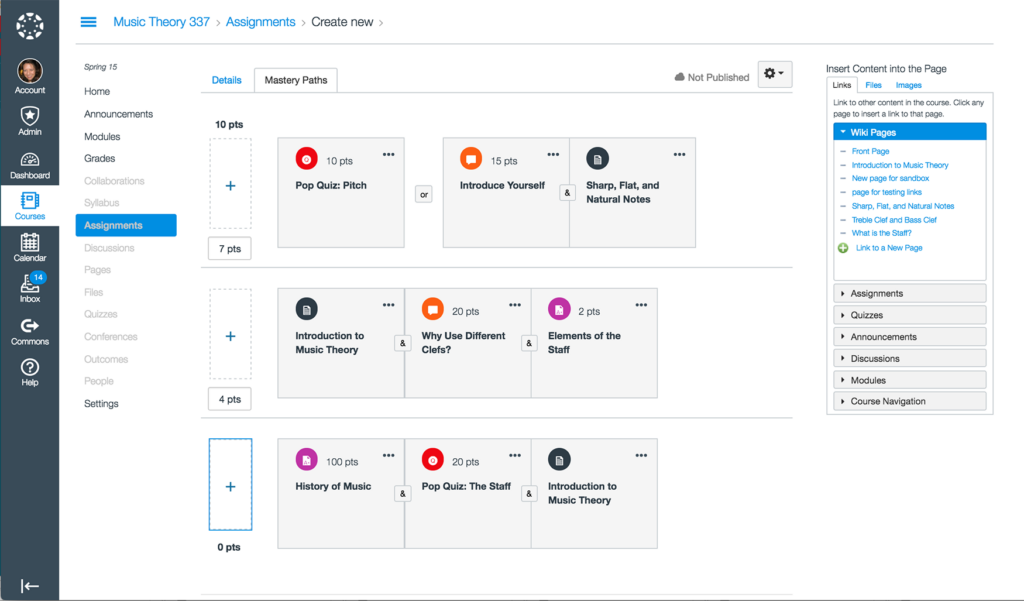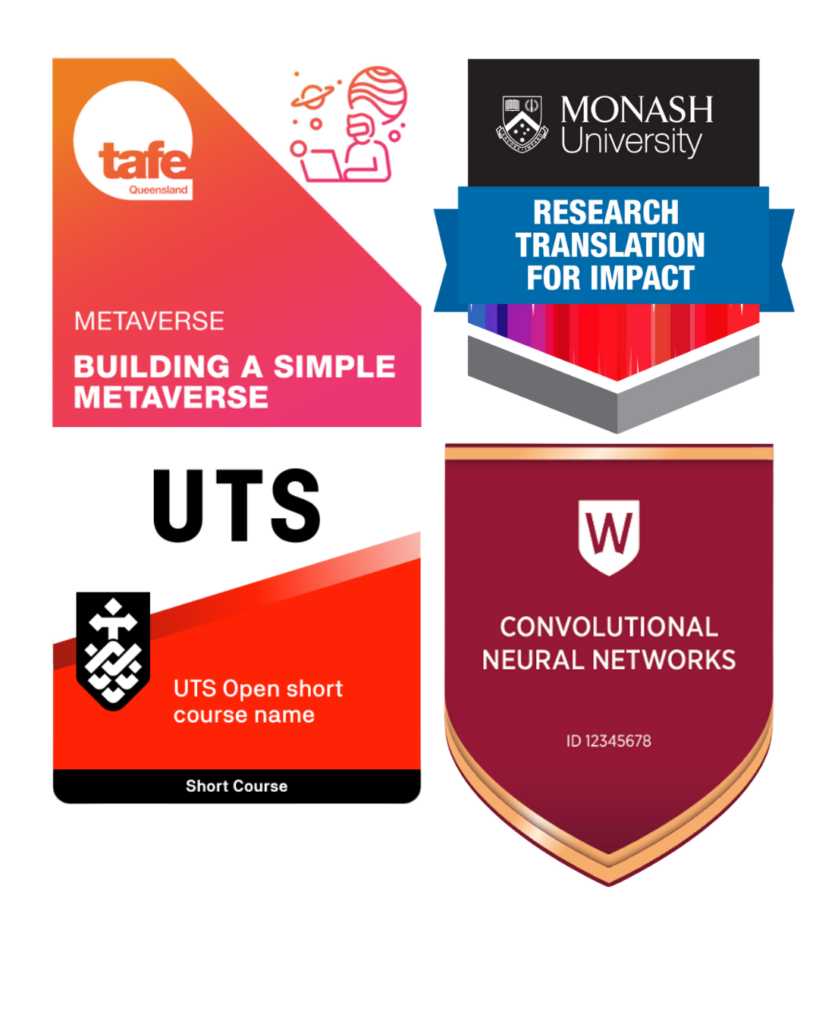In Episode 24, Season 6 of the Simpsons (‘Lemon of Troy’), Bart and Milhouse confront the youths of Shelbyville who have stolen Springfield’s treasured lemon tree. In the course of their adventures Bart and Milhouse are forced to confront the kids of Shelbyville who turn out to be weird alter egos of themselves.
This is the perfect analogy for every idea that has come out of the higher education system in the past 20 years – concepts like ‘digital enabled learning’, ‘microcredentials’ and ‘life-long learning’. These ideas are attempts by the universities to respond to the disruption that the Internet poses to them. Unfortunately the way in which universities approach these problems make it so these ideas are destined to fail. They are the ugly alter egos from Shelbyville.
In this blog we’ll compare and contrast five of these ideas that come from the higher education industrial complex with the Internet native trends that are emerging naturally.
Welcome to the Boulevard of Broken Dreams
The recurring failure mode of universities is this. They correctly diagnose the problems that they face – the rising use of digital platforms, the need for smaller, targeted and skills focused programs or the need for properly verified skills and credentials.
But they fail in the execution.
Whether due to a lack of skill, vision, leadership, or the classic innovators dilemma, universities resist disrupting their existing revenue models. As a result, they repeatedly reinvent the same awkward, outdated solutions. In short, they end up creating the weird, ugly alter egos of Shelbyville.
Let me illustrate with some examples.
1. ☠️ Learning Management Systems vs Native Digital Platforms ✅
Let’s begin with something simple which is the technology platforms that universities use to manage and host their online and digital learning experience. Universities spend huge amounts of money on platforms called learning management systems (Blackboard, Moodle and Canvas etc). These platforms represent the majority of the digital student experience at a university.

Contrast this with the digital native platforms like Youtube, Substack, Spotify, Instagram, X where the people naturally share information and build audiences. These platforms have significantly better user experiences than their university counterparts. People actually use the social features (think of Instagram DM’s vs the chat functionality on an LMS Blackboard).
2. ☠️ Microcredentials vs Skill Camps ✅
Microcredentials are the latest university fad—short, online courses meant to compensate for declining demand for traditional degrees, especially Masters degrees. But in reality, they tend to fall into two categories:
- The TED Talk masquerading as an educational course—interesting but impractical, offering no real value in the job market.
- The cut-up university subject—a traditional course awkwardly divided into multiple microcredentials (e.g., Statistics Part I, Statistics Part II, Statistics Part III… you get the idea).
Now, compare this to successful skill-focused programs like those from General Assembly or Academy Xi. These programs teach practical, in-demand skills (e.g., programming, UX design, data analytics) in just 3-6 months—far more effective than spending four years in a degree program. Meanwhile universities churn out these useless microcredentials like Exploration on Mars or Data Analytics Part 1, which provide little to no value for learners and some question
A quick aside: Microcredentials are mostly a university-only obsession. Ask a person on the street if they’ve ever heard of a microcredential, and you’ll likely get a blank stare back.
3. ☠️ Badges and Credentials vs Linktree ✅
Universities are obsessed with issuing badges and credentials by stamping their brand names. After all, it worked in the pre-internet era. They haven’t yet updated their mental models to the fact that their brand is much less credible on the Internet.

The online portfolio is the new credential. The internet offer people to demonstrate first party proof of work of the things they have actually achieved – videos produced, blogs written, audience built, photographs taken. They no longer have to rely on a third party university to provide credibility for them.
The best representation of this shift? Linktree profiles. You can find these across Instagram profiles and they often link to things like their personal websites, merch stores, Youtube channels, and more. These represent the aggregate of all the achievements
The Bigger Picture
Universities are trying to adapt, but they’re trapped in their own legacy systems. They keep creating awkward, ineffective versions of what the Internet is already doing better. Meanwhile, Internet solutions are beating them at their own game, offering better learning experiences, more relevant skills, and greater opportunities for individuals to prove themselves.
The question is: how much longer can universities keep getting it wrong?
In the next post, the third and final blog post in this series I will take a look at the creators, influencers who will replace this current university system.
